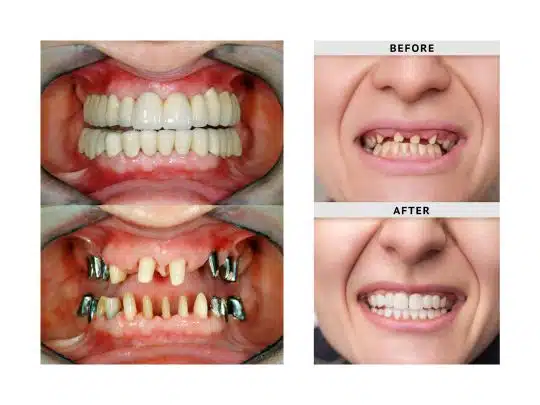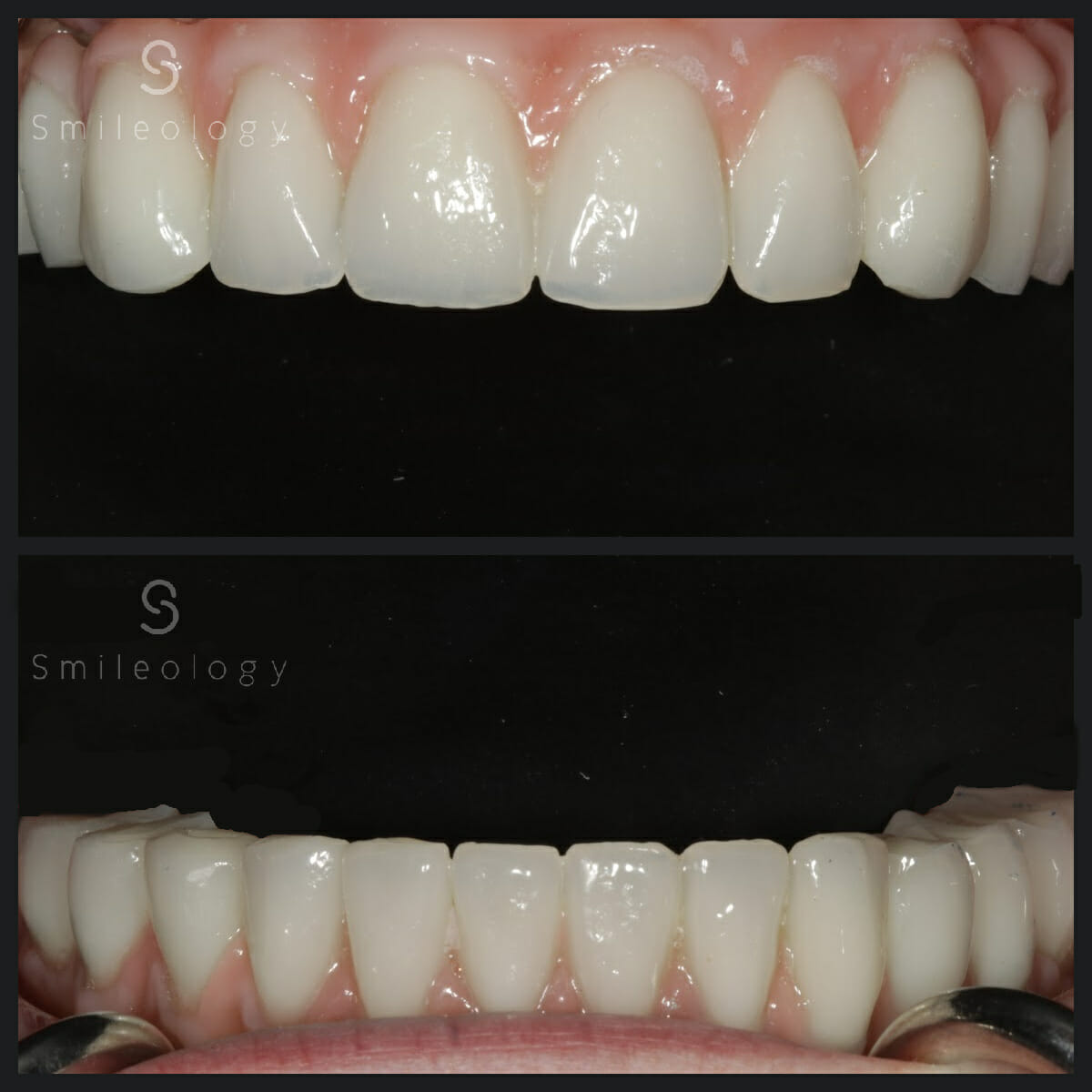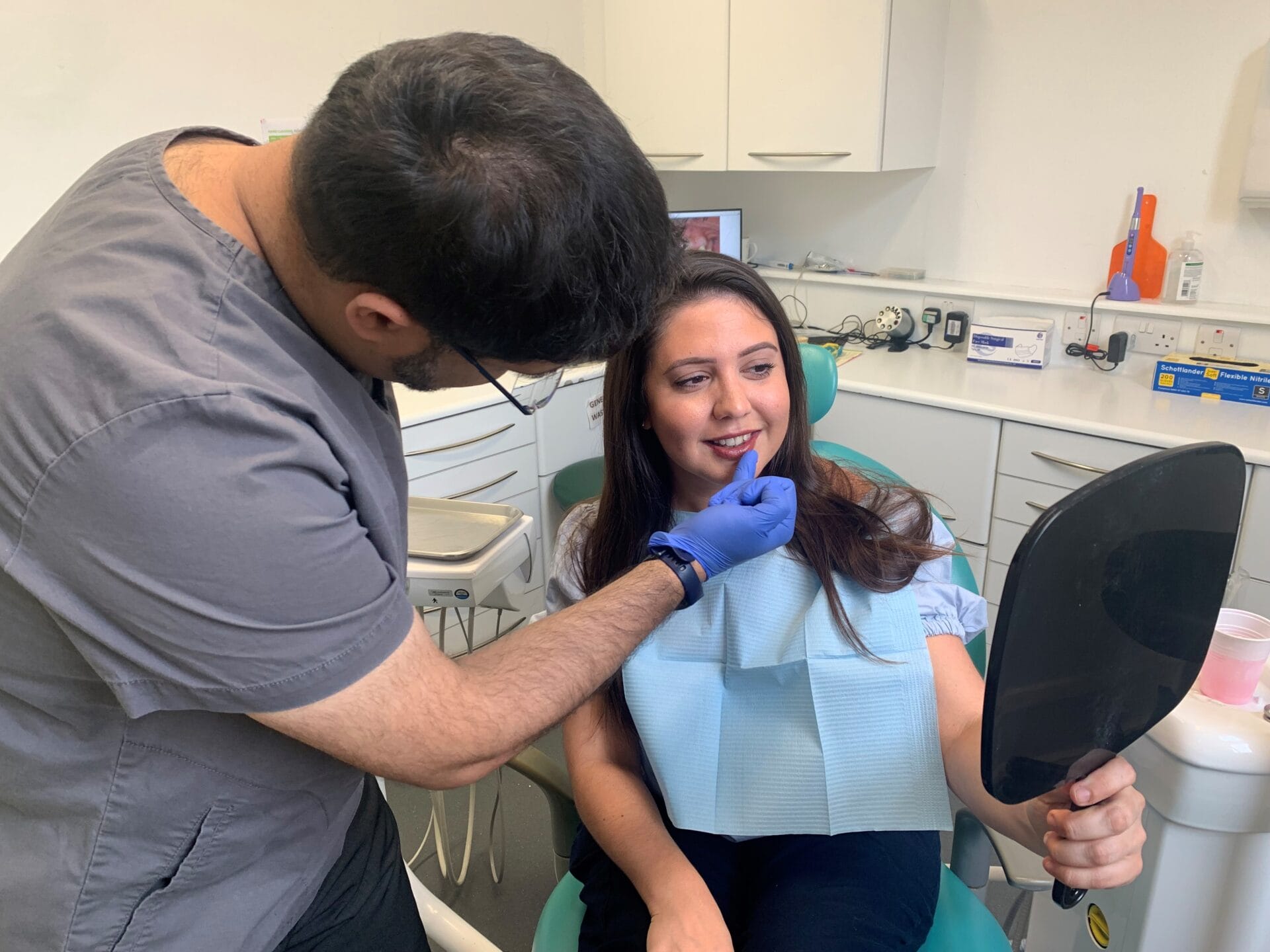Change Your Smile with Dental Implants Kent: Specialist Treatment
Change Your Smile with Dental Implants Kent: Specialist Treatment
Blog Article
Experience the most up to date Developments in Oral Implants Modern Technology
As the area of dental care continues to advance, the innovations in dental implant technology have actually been nothing brief of exceptional. The integration of modern technology is reinventing the functionality of dental implants, promising boosted outcomes and person complete satisfaction.
Advanced Products for Enhanced Sturdiness
In the realm of oral implants modern technology, the assimilation of sophisticated materials has actually significantly added to enhancing durability and longevity of these essential oral prosthetics. The utilization of materials such as titanium alloys, zirconia, and ceramic substances has actually transformed the area by offering boosted strength, biocompatibility, and resistance to corrosion.
Titanium alloys are commonly made use of in dental implants due to their phenomenal strength-to-weight ratio, rust resistance, and compatibility with the body. These alloys ensure the stability and durability of the dental implant by withstanding the pressures put in during eating and talking, giving a trustworthy remedy for patients seeking resilient tooth replacements.
Zirconia, a type of ceramic product, has actually gotten appeal for its biocompatibility and all-natural tooth-like appearance. Its high strength and resistance to wear make it a suitable choice for dental crowns and bridges, enhancing the total looks and capability of the dental implant.

Digital Imaging for Exact Positioning
The development of oral implants technology has actually better progressed with the combination of electronic imaging methods, making sure precise positioning of these prosthetics for optimum practical and aesthetic outcomes. Digital imaging plays a crucial role in the preparation and positioning of dental implants by supplying comprehensive 3D pictures of the person's jawbone framework. This innovation allows dentists to analyze bone density, find vital structures, and plan the specific setting and angle for dental implant positioning with unmatched accuracy.
By using electronic imaging, dental practitioners can produce online medical guides that work as a roadmap throughout the dental implant placement treatment. These guides are personalized for each and every patient, thinking about their one-of-a-kind anatomy and the desired end result. This degree of precision not only boosts the success rate of oral implant procedures however additionally minimizes the risk of difficulties.
Moreover, electronic imaging enables dental practitioners to envision the final prosthetic restoration before the actual placement of implants, permitting thorough preparation and guaranteeing that the outcome meets the patient's aesthetic expectations. In general, the combination of digital imaging technology has changed the field of oral implants, offering patients a more predictable, effective, and patient-specific treatment strategy.

Minimally Invasive Surgical Techniques


Innovations in surgical approaches have resulted in the advancement of minimally intrusive techniques in the field of dental implantology. These techniques intend to reduce trauma to the person, reduce recovery times, and enhance general treatment outcomes. Minimally invasive medical treatments include smaller incisions, specialized tools, and progressed imaging innovations to specifically position oral implants with marginal interruption to bordering tissues.
One trick element of minimally intrusive strategies is the usage of led surgery, where 3D imaging and computer-aided style software are utilized to prepare the implant placement with great precision. This permits a much more foreseeable outcome and can frequently get rid of the demand for considerable flap surgical procedure.
Additionally, improvements in materials and dental implant style have likewise added to the success of minimally invasive strategies. Implants with improved surface area residential properties promote faster osseointegration, reducing the healing time required prior to the prosthetic repair can be put.
3D Printing for Personalized Solutions
Making use of 3D printing technology in oral implantology enables the creation of very customized remedies tailored to specific patient demands and anatomical variants. This sophisticated innovation allows dental experts to design and fabricate dental implants with phenomenal accuracy and precision. By utilizing digital imaging methods, such as cone beam of light calculated tomography (CBCT), comprehensive 3D models of the client's dental cavity can be produced to lead the dental implant planning procedure.
One of the essential advantages of 3D printing in oral implantology is the ability to develop patient-specific implants that flawlessly fit the distinct composition of each person. This customized approach assists enhance the overall success and longevity of the dental implant by guaranteeing optimal fit and Extra resources placement. Furthermore, 3D printing enables for the manufacturing of intricate geometries and detailed frameworks that would be difficult or difficult to achieve making use of traditional production methods.
Additionally, 3D printing modern technology allows dental practitioners to improve the implantation process, reducing surgical treatment time and enhancing overall individual experience. With its capacity to create customized options swiftly and successfully, 3D printing is changing the area of dental implantology, offering individuals innovative therapy choices and enhanced end results.
Integrated Innovation for Improved Capability
Implementing innovative modern technology in oral implantology boosts capability and accuracy, elevating the criterion of treatment for patients undertaking dental implant treatments. Integrated innovation plays an important role in improving the general success and toughness of dental implants. One crucial development is the integration of electronic scanning and imaging technologies, such as cone-beam computed tomography (CBCT) and intraoral scanners. These tools permit comprehensive 3D imaging of the person's dental structures, helping with specific treatment preparation and implant positioning.
Additionally, the assimilation of computer-aided design and computer-aided manufacturing (CAD/CAM) innovation makes it possible for the production of custom implant repairs with exceptional accuracy. CAD/CAM systems use digital impacts to make prosthetics that perfectly fit the client's one-of-a-kind makeup, ensuring optimal convenience and capability. In addition, making use of robotic-assisted surgery in implant placement enhances precision and reduces the danger of human error.
Final Thought
To conclude, the most recent advancements in oral implants modern technology deal boosted resilience with advanced materials, exact placement with you could try these out digital imaging, minimally intrusive surgical strategies, customized solutions with 3D printing, and improved capability with incorporated modern technology - Dental implants Kent. These improvements in dental implants modern technology are revolutionizing the field and giving patients with even more reliable and reliable therapy choices for restoring their smiles and dental health and wellness
The assimilation of innovation is revolutionizing the capability of dental implants, assuring improved results and client fulfillment.
The evolution of oral implants technology has better advanced with the combination of digital imaging methods, making certain exact positioning of these prosthetics for ideal functional click resources and visual results. Minimally intrusive medical procedures include smaller sized lacerations, specialized tools, and progressed imaging technologies to specifically place dental implants with very little disturbance to surrounding cells.
Implementing advanced modern technology in oral implantology enhances functionality and accuracy, boosting the standard of care for individuals undertaking dental implant treatments. Dental implants Kent. Integrated innovation plays a vital duty in improving the general success and longevity of oral implants
Report this page